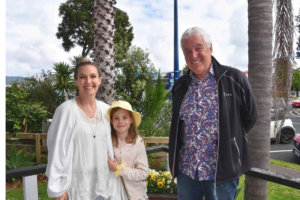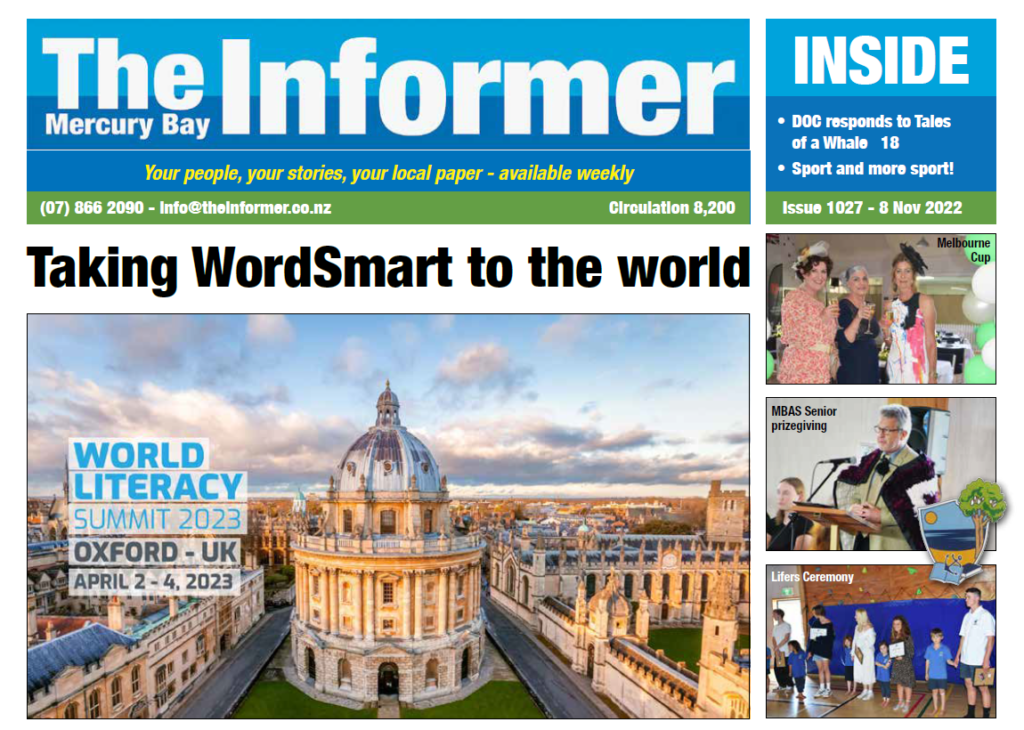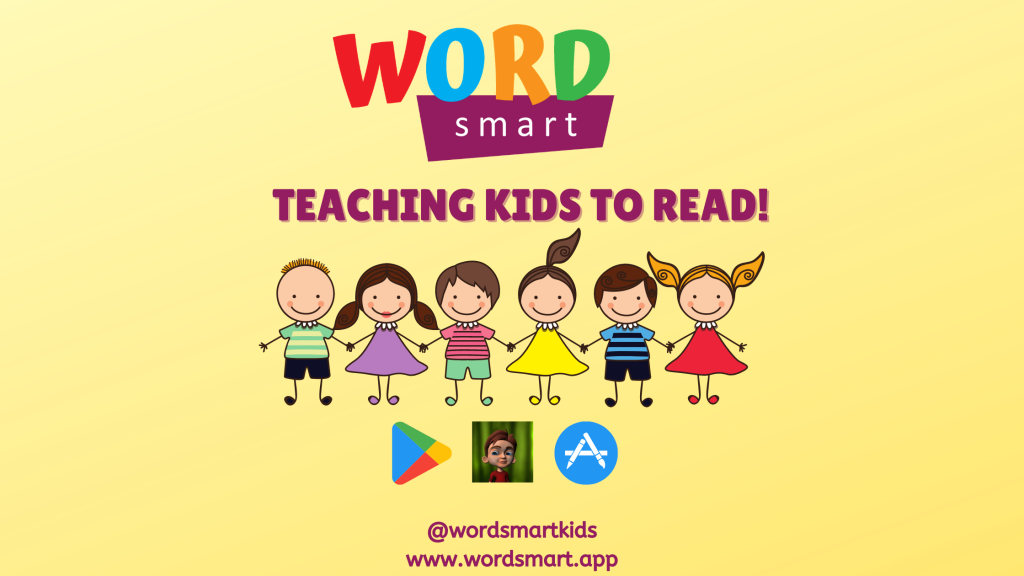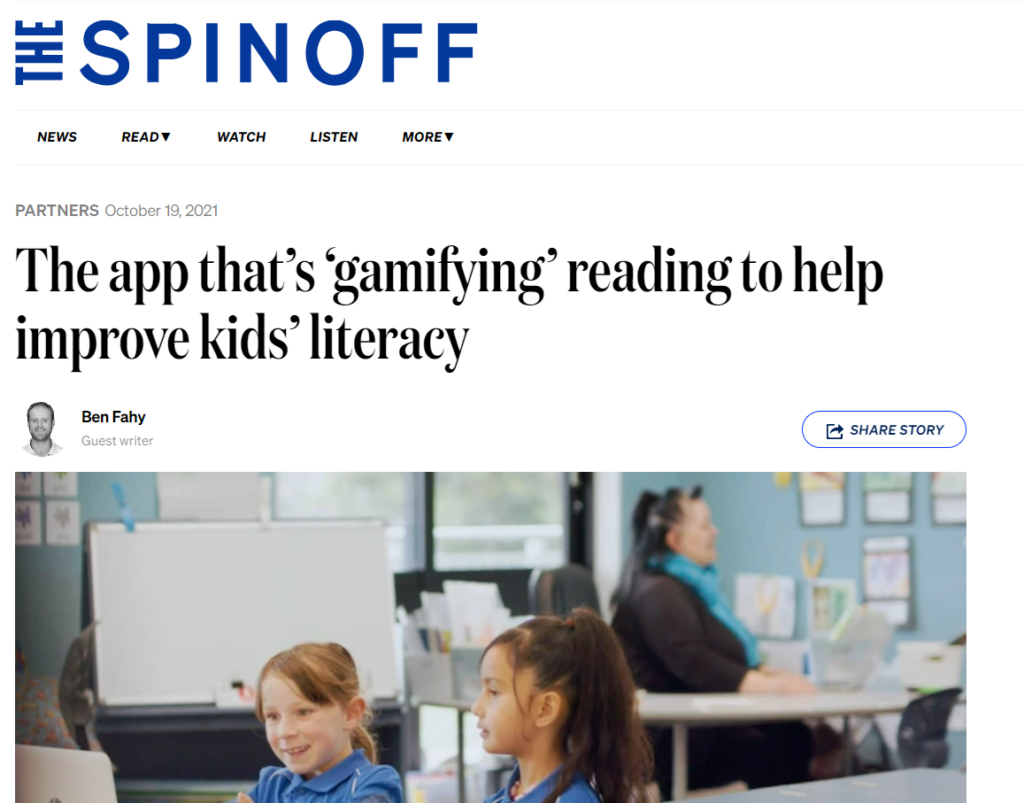As a teacher you are more likely to remember the kids that create ways to avoid doing work by acting out or becoming the class clown and of course you remember the ones that shine. That’s how it was for Paul Blackman former primary school teacher, Guidance Counsellor and Resource Teacher of Learning and Behaviour with 40 years experience in education.
When Paul was in his second year of teaching he had a class of year 8 students. Two of the students tried very hard but for whatever reason had major issues with literacy.
“My heart went out to them. I could have spent all day with them but I had 34 other students who I needed to spend time with and I didn’t know how to help them. I had no knowledge about dyslexia or any other learning difference.”
That was 40 years ago and understanding what was happening in a child’s brain has been his passion and driving force ever since. This has led to running courses on the practical applications of Neuroscience for educators.
The logical next steps were to make this knowledge scalable. So he began a journey dedicating 6 years to developing the Wordsmart application. WordSmart uses storytelling to mimic the way our brain naturally learns, gamification to engage readers, and teaches the basics of reading. This includes CVC words ( three letter words), sight words, rhyming, decoding and the shapes of the letters. (Graphemes)
WordSmart has invented a new word by changing the word “dyslexia,” meaning difficulty with words, to “prolexia” meaning proficiency with words. Prolexic students are given a number of multi-sensory tools which enhance and accelerate their learning.
Using Lexplore an assessment tool developed in Sweden can track the children’s eye movements and record the words they fixate on to provide significant information on a students reading performance including their reading age, their percentile rank, position on a bell curve and by definition if they are dyslexic. All for a fraction of the price $20 and taking approximately 5 minutes.
Lexplore also measures fluency which is needed for a student to achieve advanced levels of comprehension.It gives our tamariki the ability to make inferences and critically evaluate text.
With the current situation in education, if parents want to get their child help from a teacher aide they require a private assessment from an educational psychologist the cost is somewhere between $500-$ 800.
The outcome is generally that the child is assigned a teacher aide who often lacks the tools to remediate the child’s learning differences. The report diagnosing dyslexia is often really challenging for a lay person to understand and the outcome doesn’t help the student.
Initially assisted by a grant from the Callaghan Foundation, and a considerable sum of his own money.Paul’s intent was to help New Zealand meet its commitment to the United Nations conventions on The Rights of The Child. The desire was also to promote the best outcomes in literacy for all learners and this has proved to be the case.
While he has engaged with New Zealand schools,and worked with individual children, Paul has also just returned from overseeing the deployment of WordSmart in Fijian schools with dramatic results.
“Not everyone is wired to learn language the same way, but one of the most amazing things about our brains is that they are flexible. Neuro-plasticity, means the brain can adapt to change the way we learn to read.
That ability is the focus of WordSmart’s tools and applications,resulting in profound changes for children diagnosed with dyslexia” says Paul.
It follows then the World LiteracyFoundation would be interested in the work that Paul has been doing with WordSmart, and with that in mind, he submitted a proposal to make a presentation at their World Summit at Oxford University next year.
The summit will put WordSmart squarely in front of some of the World’s preeminent specialists in dyslexia and learning difficulties.
Taking WordSmart to the World Summit is obviously a massive opportunity for the company, and one that Paul relishes. “It’s exciting and gives us hope for our children’s future”
Little did Paul realise, when he submitted his proposal, that one of the organisers of the World Summit was Joe Ghaly. Based in Australia, has been working closely with Paul working to get Lexplore established in New Zealand and Australia.
“I have to be sure that the science is really solid. “Our goal to provide a bespoke solution to all learners is challenging and our solution aside from our app is to use assessment tools which offer the opportunity to provide targeted interventions. Lexplore is based on the work of 50 scientists over the last 30 years.
Paul is now a part of the World Literacy Foundation Task Force, to help generate interest and funding to support the work of the Foundation.
“The values of the task force we are part of, dovetails perfectly with our own. Education is fundamental to the economic growth and social wellbeing of our communities. It opens access to opportunities for all age groups and lifts the living standards. Wordsmart’s involvement will multiply our results.”
This is not rocket science but what is needed is a vision which promotes and provides proven tools to achieve it. The World Literacy Foundation’s vision is to eradicate illiteracy Worldwide by 2040. New Zealand’s expertise will now become a part of this.
Paul says in relation to the personal testimonies as with Nevaeh’s (opposite) and there are many. “We will of course always offer it to locals and Johanna and I are locals. The key thing I would love to see happen is related to assessment. We can pick up children with dyslexia issues in four to five minutes and then we need to execute proven techniques starting with a change in mindset to accelerate our country’s literacy standards”.
Testimonial
Renee Dekker and daughter, Nevaeh, with WordSmart creator, Paul Blackman[/caption]“It was quite a few years ago and Nevaeh was attending MBAS.

There was something not quite right with her progress in learning and we got some help from a lady called Erin Young (from Social Workers for Schools). She spent a lot of time trying to help us and Erin intuited that Nevaeh had a form of dyslexia. She worked with us for a year and in that time referred Nevaeh to have a sensory processing assessment. This was a process of assessing audio, movement and touch sensitivity and response.
From this we knew that Nevaeh was experiencing her class environment as overwhelming to the point that she was not able to process any material. For her, it was ‘fight or flight’ going into that environment. Erin was such a solid person during this time; she stayed with us determined to alleviate Neveah’s dyslexia and our concern. Erin remembered that one of her relatives Blair Murray was working on the graphics for a computer application called Wordsmart, for a man named Paul.
One thing led to another, and soon after, we met Paul and Johanna.(his wife). They were so willing to assist Nevaeh on her journey.
With this, we started schooling from home as Nevaeh had lost quite a lot of confidence, and her mindset was she was not good enough.
Paul set us up with a week’s worth of work based on Wordsmart. The change came quite quickly, in one or two months. We were blown away by her progress, with Nevaeh becoming proficient with words rather than disabled with words. Her spelling and reading kept on improving and she rapidly advanced. It is not just about literacy, but also confidence, self-worth and behaviour.”
Renee (Mother)
—-
https://www.theinformer.co.nz/



